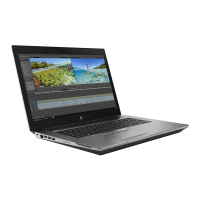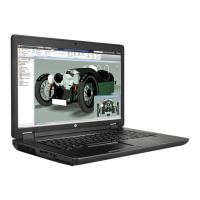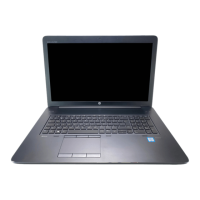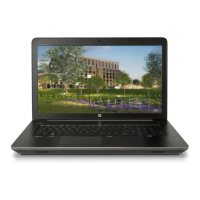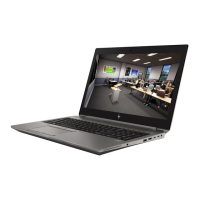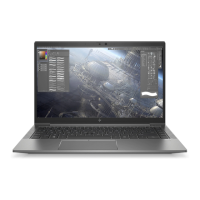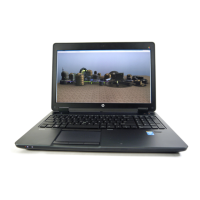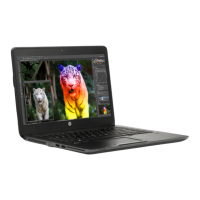NOTE: HP recommends that you reset BIOS before trying BCU. Resetting the BIOS is always available and
relatively quick to try, whereas BCU takes extra time and eort.
HP Image Diagnostic Tool
Available to HP Authorized Support Partners (ASPs) and users, this tool collects information about the current
state of the computer, including product serial number, platform and BIOS information, and information about
user-installed software and hardware components.
Access this tool at ftp://ftp.hp.com/pub/idr/ImageDiags/. HP encourages you to review the report before sending
it to support. The report may assist you with diagnostics and solutions to problems you encounter.
HP Thermal Monitor
You can use HP Thermal Monitor to stress the processor and GPU and monitor the temperature values of various
components in the system.
NOTE: Available only to authorized service providers and technicians.
The components that are currently monitored include the processor, GPU, ACPI thermal zones, hard drive, and
battery. The tool reads the temperatures of the components, logs the data, and helps to determine whether the
computer would overheat in the event of thermal shutdown, fan spinning loud, and so on.
Non HP diagnostics tools
Refer to the following diagnostic tools for troubleshooting help.
Windows-to-Go USB
Windows-To-Go USB is a Microsoft-based tool for Enterprise editions of Windows that can help in
troubleshooting. You can nd a process online about how to create a live Windows USB drive. For more
information, see https://technet.microsoft.com/en-us/library/hh831833.aspx.
Intel Processor Diagnostic Tool
Determine what processor is in your computer and verify the processor operating frequency. The tool also tests
specic processor features and performs a stress test on the processor. For more information, see
http://www.intel.com/support/processors/sb/CS-031726.htm?iid=subhdr+tools_procdiagtool.
ENWW General troubleshooting steps 111
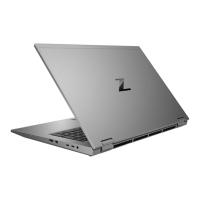
